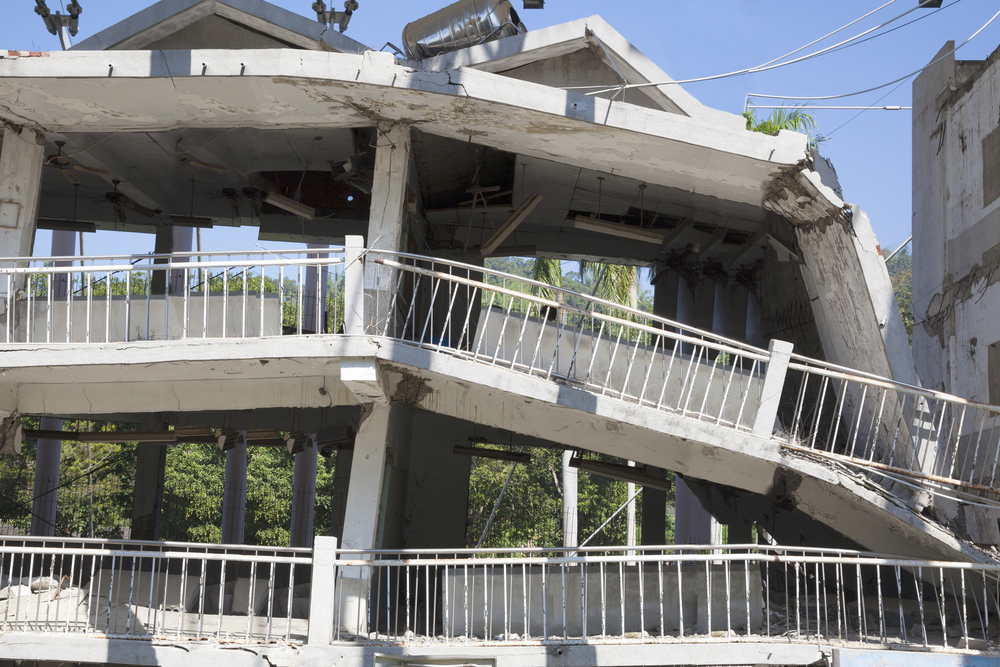Does Your Building Require Seismic Retrofit?
Even with a history of major earthquakes in California, there were decades of relative inaction related to seismic retrofit reform. Now, the nation’s most sweeping seismic regulations now reside in Los Angeles due to a unanimous vote by the City Council.
In 2017, Santa Monica and Beverly Hills followed LA’s lead and introduced their own retrofit programs.

You can use this blog as a reference for what is expected of your buildings. In addition, BOMA/GLA has a comprehensive reference page found here.
Los Angeles Retrofit Ordinance
The Los Angeles Retrofit Ordinance for Soft Story and Non-Ductile Concrete Buildings was enacted on November 22, 2015.
The ordinance establishes mandatory standards for earthquake hazard reduction in existing wood-frame buildings. In particular, this includes buildings with soft, weak, or open-front walls and existing non-ductile concrete buildings if constructed before January 1, 1978.
These standards are intended to ensure public safety in the event a major earthquake strikes. In that case, the retrofit of structural elements will increase the strength of buildings that are vulnerable to a quake.
What does retrofit look like?
The Los Angeles Department of Building and Safety has identified 12,820 soft story buildings and 1,218 concrete buildings that are in need of retrofit.
The retrofit process begins the same for both soft story and non-ductile concrete buildings.
- Properties either have already received (between May 2016 and November 2017 for soft story) or will soon receive a notice from the city requiring a structural analysis. This must be conducted by a licensed civil or structural engineer or architect.
- If the analysis indicates that seismic retrofit is required, the building must be structurally altered to meet LA’s standards.
It is unlawful for any person, firm, or corporation to maintain, use, or occupy a building that has not completed its retrofit in the time designated.
Soft Story Buildings
A soft story building can be defined as a multi-story building where one or more of the ground floors has large openings where traditionally a wall would be used. For example, a typical building in this style is an apartment building with retail businesses on the ground level with large display windows.
Retrofit Timeline:
- A plan and engineering report within 2 years
- A permit to retrofit within 3 1/2 years
- Construction completed or the building demolished within 7 years
Non-ductile Concrete Buildings
A non-ductile concrete building is any concrete building built before the use of the 1976 Building Code.
Retrofit Timeline:
- A plan and preliminary engineering report submitted to the city within 3 years
- A final report, retrofit plans, or demolition plans within 10 years
- Either a permit obtained and construction completed OR building demolished within 25 years
Barriers with Implementation
Only about 9,700 buildings have filed the initial permit application 4 years after the ordinance was enacted. In addition, only 2,200 have hired contractors and have started their projects.
269 have done nothing.
10% of total apartment buildings have completed the retrofit process, but none of the concrete buildings have been completed.
How much does it cost?
The price to complete the retrofit ranges vastly between the two building types. Wood, soft story buildings can cost upward of $130,000, while large concrete buildings could have a price tag in the millions.
However, there is currently no upfront financial assistance to building owners completing renovations and no public subsidies available to help pay for the work.
An owner can only recover 50% of the cost through the city’s Seismic Retrofit Program, and monthly rents in these buildings can only be increased by $38.
As a result, Assemblymember Adrin Nazarian wants to reintroduce a bill vetoed by Jerry Brown that would provide a 30% tax break off the cost of the retrofit.
Support
A U.S. Geological Survey simulation of a magnitude 7.8 earthquake in Southern California said that 50 brittle concrete buildings housing 7,500 people could completely or partially collapse. Another 5 high-rise steel buildings holding 5,000 people could completely collapse.
Since earthquakes provide no warning, this would be catastrophic.
The proponents of this ordinance fear the destruction California’s next major earthquake could cause. It isn’t easy to look past the examples of Northridge in 1994 and Christchurch, New Zealand in 2011.
In addition to human safety, building collapse could cause economic damage, social disruption, and loss of business.
Opposition
These supporters very rarely take into account the burden building owners face with mandatory retrofits.
Rent increases would be passed on to the tenants of the building, which might put them out of business. This seems like a good way to pay for the retrofit, but what about the tenants? A property owner could lose that income while still having to pay the cost of the retrofit.
If the work cannot be completed within the time frame allotted by the city, the building must be demolished, removing valuable housing in an era when California faces a severe housing crisis.
How you should move forward
It is important that you remain proactive in compliance with what is required of your building in order to avoid unnecessary fines and legal issues.
You can reach out to the LA Department of Building and Safety and find more information here. For more information on emergency preparedness, click here.

